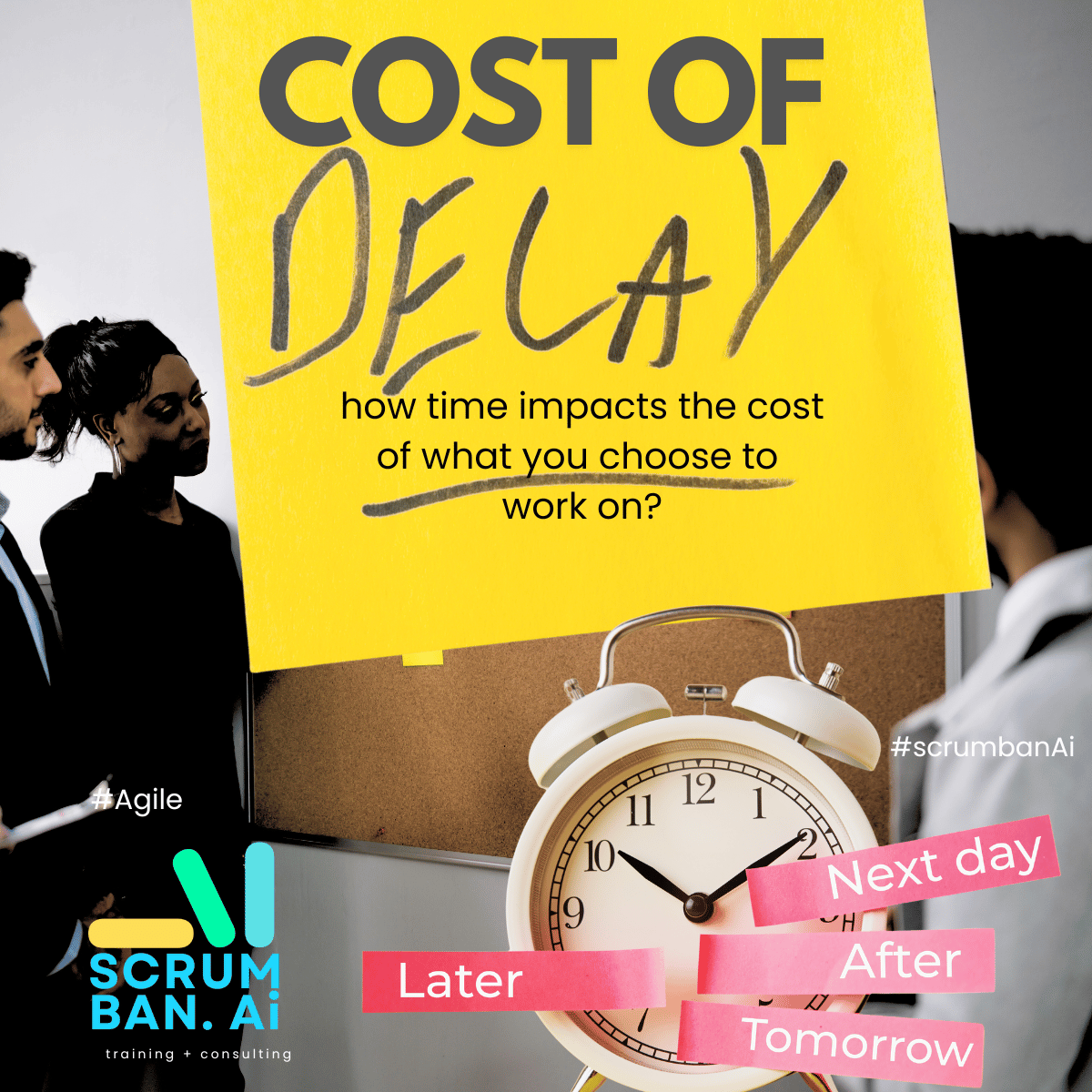
Share This Story!
As we plan our sprints, let’s shift our mindset from ‘How many story points can we complete?’ to ‘What is the highest value we can deliver to our customers?’.
The goal of a scrum team is to deliver a potentially shippable increment (PSI) within a defined period called sprints. This could be 2 weeks, 3 weeks, 4 weeks or what works best for the team.
However, when leadership ranks or reward teams based on how much story points delivered; you start seeing bloated estimations; teams commit to work they can’t deliver and end up with spill overs.
I have identified two mindsets at play during scrum team planning:
1. The Time Card Mindset (TCM).
This starts with story points first; “how many story points can I complete?”
Majority of scrum teams operate this way. A timecard mindset is:
“…this work is an 8 story points, If I run out of time, I will split it and take credit for the work done and move the remaining work to the next sprint”
2. The Value Delivery Mindset (VDM).
It starts with value first; “how much value can I deliver within this period?”.
A value mindset is
“…I can deliver column 1 of this new position report. I have identified the dependencies and it will require 8 story points to deliver a working report for the customer review”
This Value Delivery Mindset embodies true agile thinking and approach to planning.
Remember, Agile prioritizes working software.
It’s easy to get caught up in the numbers game, focusing on story points rather than the real value delivered. 📊
We must prioritize customer value over mere task completion and deliver functional software that meets customer needs within the sprint period. 🎯
It’s not about the quantity of work done, but the quality and impact of the work that truly counts.
When we get this right, every sprint brings us closer to our goal of customer satisfaction and product excellence.
#AgileMindset #ValueDelivery #ScrumMastery #Scrum #ScrumbanAi #Ai #ProductThinking





